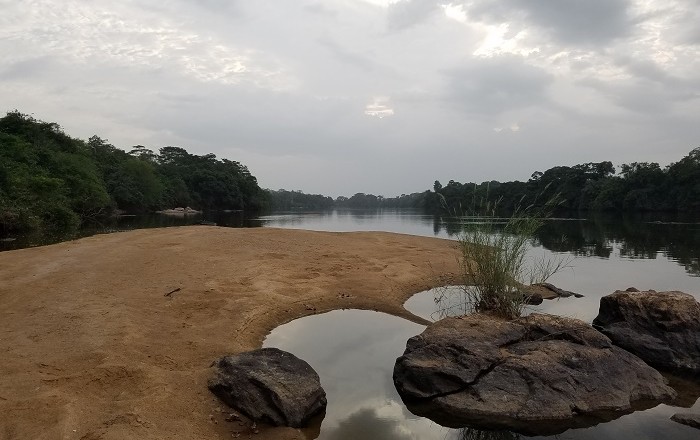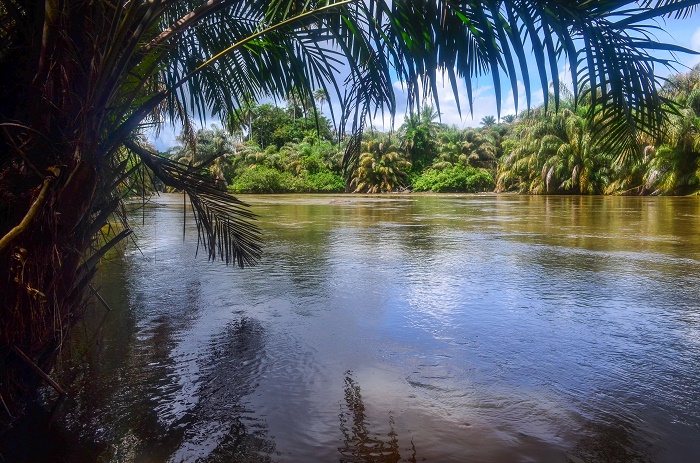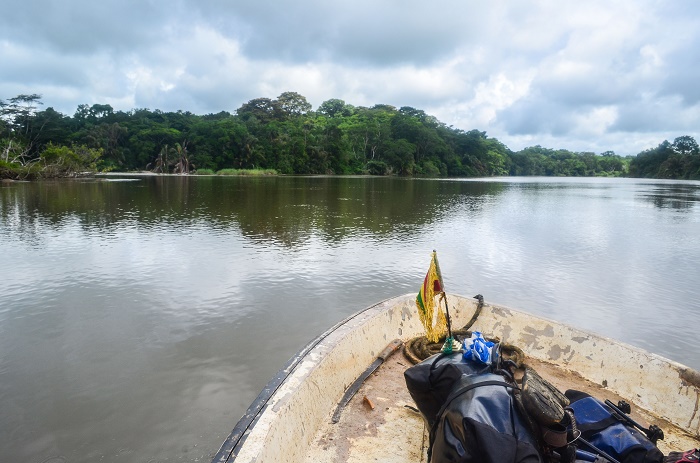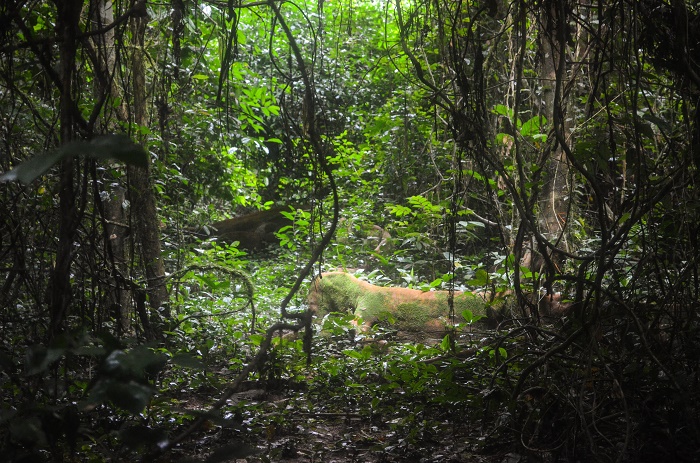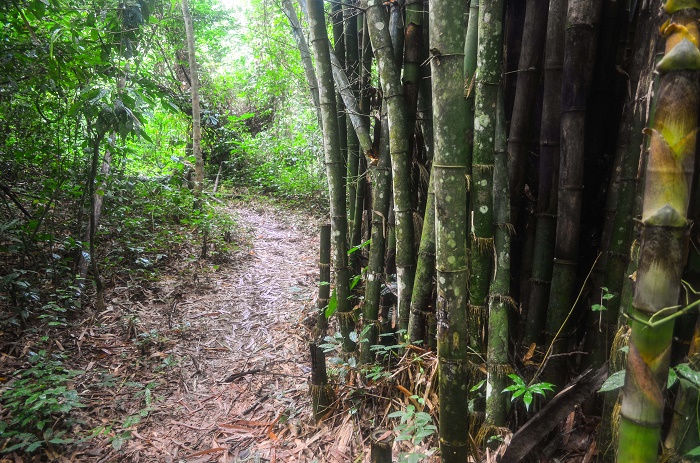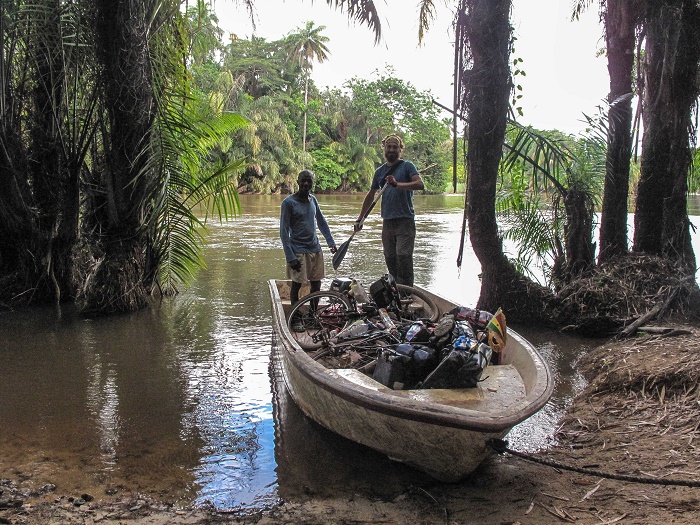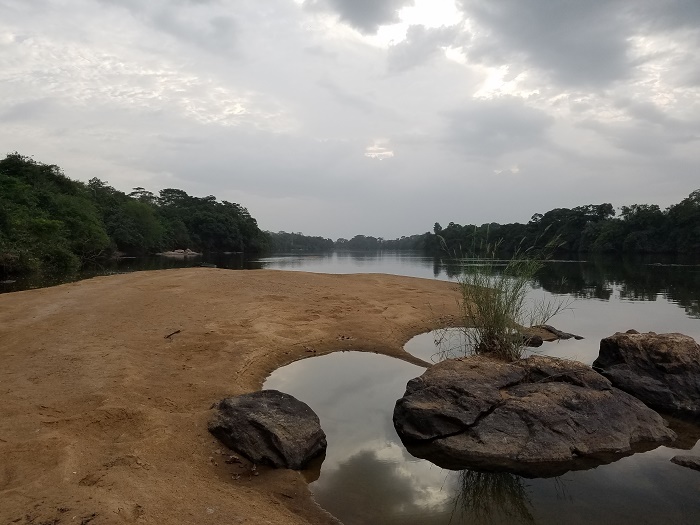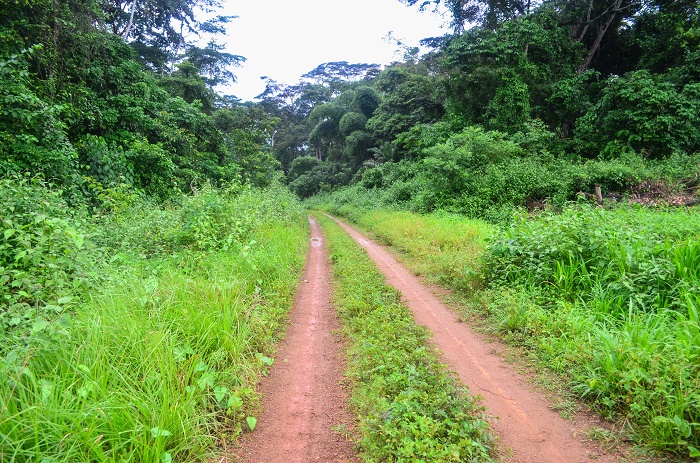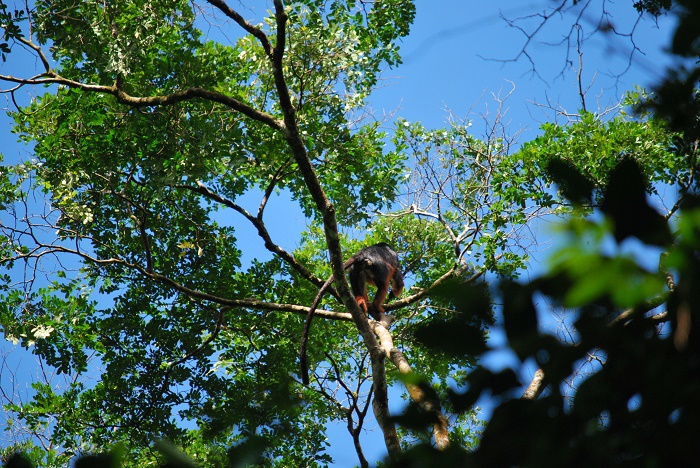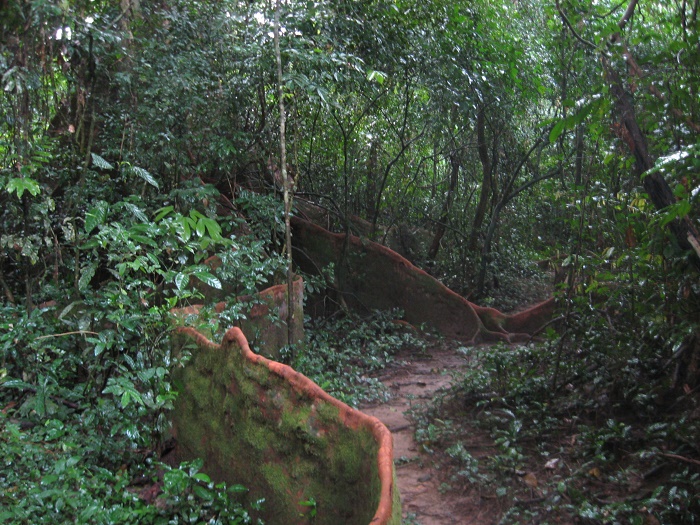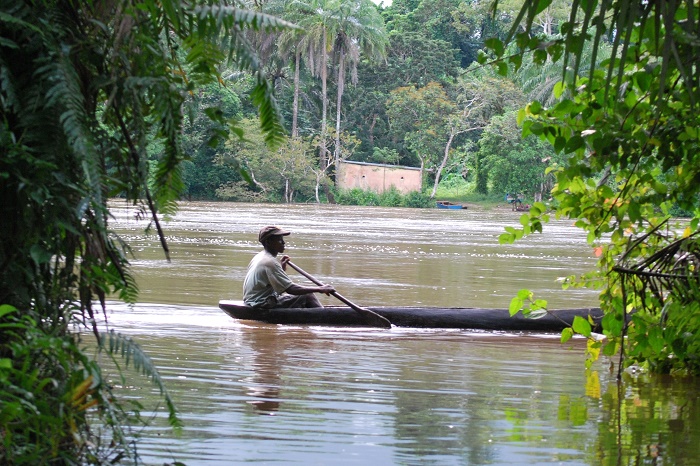Tiwai Island, which is also known as the Tiwai Island Wildlife Sanctuary, is an island which serves as a wildlife sanctuary and tourist area, located on the Moa River in the Southern Province of the West African Republic of Sierra Leone.
As one of the largest islands in the country, it was established as a wildlife sanctuary on 1 January 1987, and at the moment it is run by a NGO named Environmental Foundation for Africa.With a total area of 12 square km (1,200 hectares), it is one really interesting place to the people who have particularly interest in wildlife and biodiversity, which makes it an enormously popular spot for researchers and nature lovers.
This unique island which has a lush rain-forest, it also has a high concentration of endemic species, which was in the past recognized only as a special biosphere for wildlife conservation, where ecological research began on Tiwai in the early 1980s.
Until the late 19th century, the island officially belonged to the Barri people when the Queen Nyarroh who was at the time Barri Chief, gave half of the island to the Koya Chief, who had territory on the opposite side of the island, making them shared owners up until 1970s.
The island started with development, but something like bigger awareness about the conservation of the nature and the habitat, but also were included some community conservation program, ecological research, wildlife management, tourism and forestry management.
Everything ceased with the Civil War from Sierra Leone in 1991, which was very difficult to get to the island, which made the financial support for Tiwai to stop, but as soon as the war in 2002 was finished, the main NGO dedicated for the island began rebuilding both tourism and researcher facilities on the island.
Creating bigger awareness, since 1 June 2012, Tiwai Island Wildlife Sanctuary is on the Tentative List of UNESCO with hope it will make the UNESCO World Heritage List.
With a population of pygmy hippopotamus, over 135 different species of birds and with about 11 different species of primates, it definitely represents something unique, and something extra worthy of continuing preservation.

